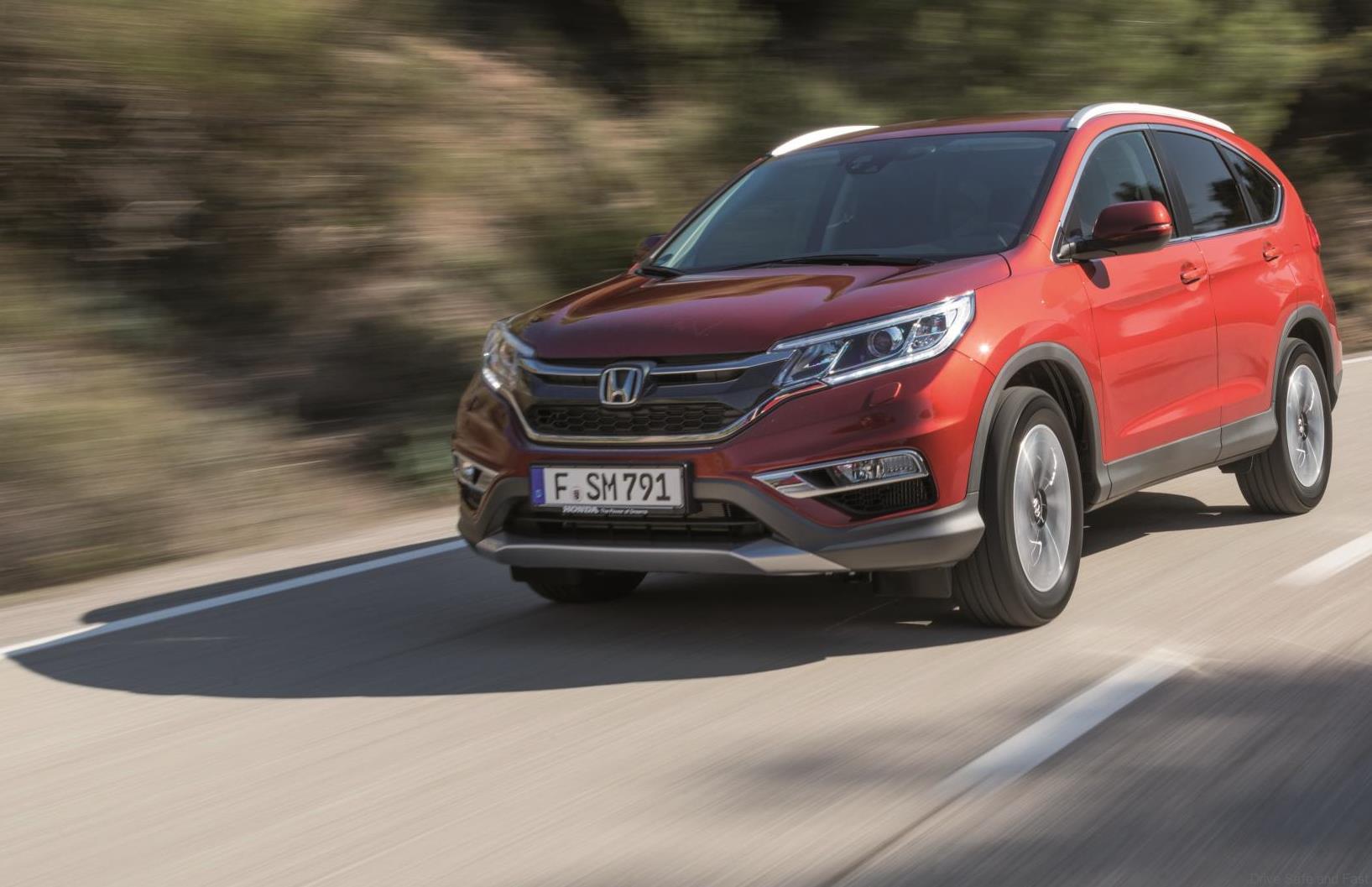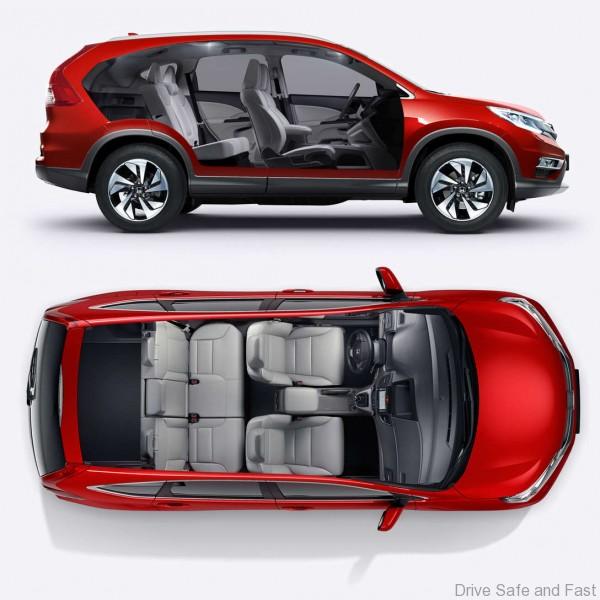The new CR-V comes with a 5-speed automatic transmission with Grade Logic Control. This sophisticated torque-converter automatic delivers near-seamless shifts yet retains good throttle response and a secure feeling of control. This 5-speed gearbox performs without any major shortcomings to it. This enhancement in power delivery have also come with better refinement. The designers have taken note of the harsh NVH, particularly when the throttle is used aggressively used, and added better and more sound absorbing materials all over the car. We are told that cabin noise have been reduced by three per cent.
There’s a host of safety devices which include an evolution of the VSA system; now it comes with up-hill assist together with Motion Adaptive EPS first seen in the Civic. What it does is take control of the steering wheel automatically and corrects input when traction is lost.
The result is a vehicle that delivers quality by way of much improved refinement and comfort. Despite the road’s often-choppy roads, the CR-V held its own. We will definitely do a more extensive test drive of it once it is launched and see if the new CR-V really is the well rounded performer it seems to be. We are quite sure we will not be disappointed, like the thousands of past and present CR-V owners.
The Honda CR-V’s petrol engine uses Honda’s long-established VTEC system, which is able to adjust the lift and opening duration of the valves. The system is complemented by Variable Timing Control (VTC), which monitors the engine load and controls the phasing of the inlet camshaft. These work together to produce a remarkably broad and smooth power band. Based on input from a position sensor located at the rear end of the inlet camshaft, the engine’s ECU varies the inlet camshaft position relative to that of the exhaust camshaft. In this way it can advance and retard the opening of the inlet valves.
During acceleration, VTC is set at a relatively small degree of valve overlap to provide the optimal output, the valve opening angle using the inertia of the intake air. In addition, as engine speed builds, the VTEC mechanism switches from the low speed cam to the high speed cam, but with the same degree of overlap.
At high engine speeds, there is much greater valve overlap, which reduces pumping losses, maximises exhaust gas recirculation, and provides the best balance between fuel consumption and power output.
At idle and low engine speeds during light load conditions, inlet valve opening is retarded for minimal overlap, generating strong swirl and therefore stable combustion.




